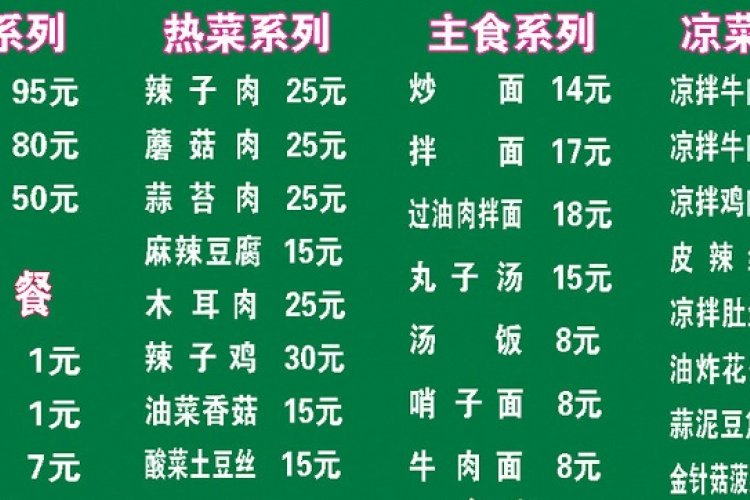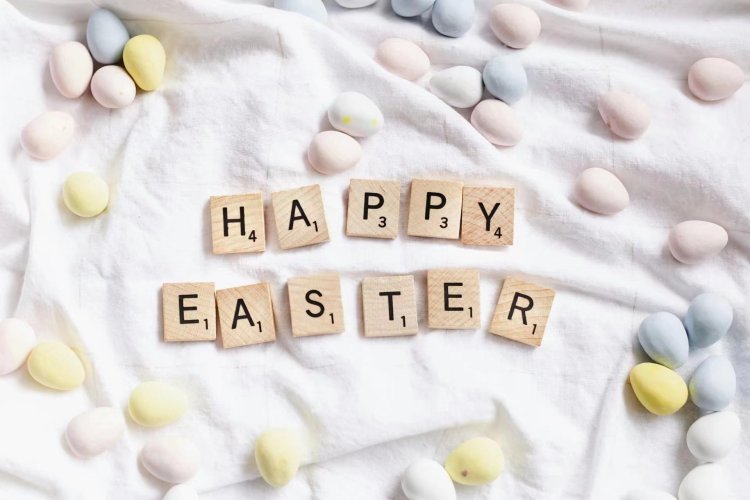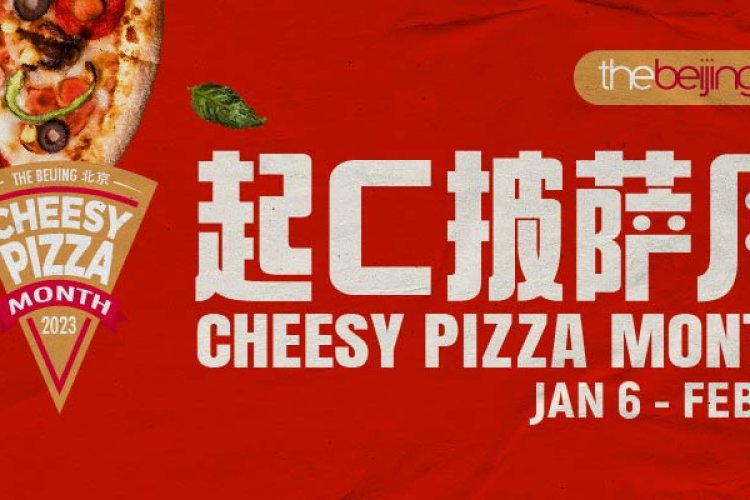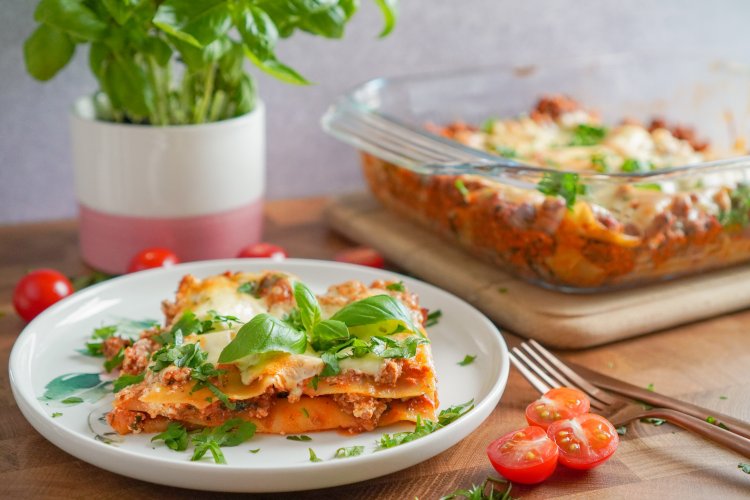What 水 is This 水? Navigating the Slippery World of Ordering Water in China
Mandarin Monday is a weekly column where we help you improve your Chinese by detailing learning tips, fun and practical phrases, and trends.
Over the past few weeks, Mandarin Monday has covered any number of tricky topics that you may encounter as a Chinese learner, from coronavirus-related phraseology to mastering sarcasm and using 儿 like a seasoned Beijinger. Whereas each of these areas presents their own idiosyncratic difficulties, it's sometimes the simplest subjects that cause the biggest headaches. Like, say, ordering a cup of water in a restaurant (请给我一杯水 qǐng gěi wǒ yībēi shuǐ).
While it is customary for diners to receive free (hot!) water or tea here, restaurants aren't obliged to provide it. Meanwhile, some of the sneakier establishments may try to rip you off by pouring a glass of their finest (and most expensive) H2O. With that in mind, it can (quite literally) pay to be aware of the many types of 水 shuǐ that are likely to appear on a restaurant's menu so that you receive the exact beverage you're after.
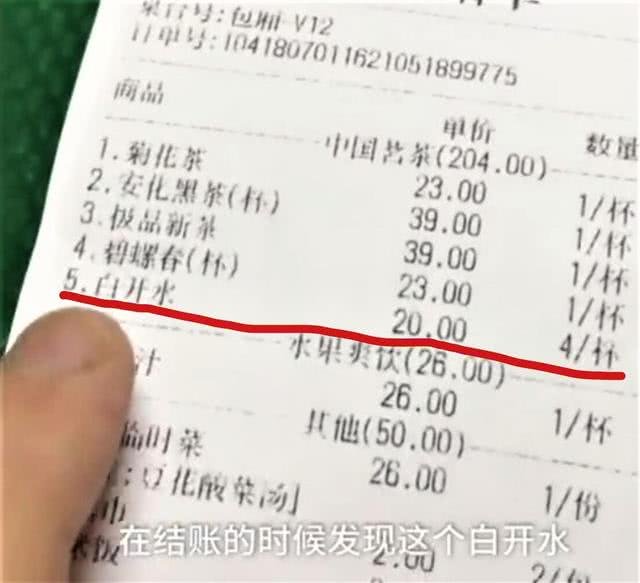
First, let's take a look at the many varieties of drinks that often fall under the simple guise of water.
酒水 jiǔshuǐ - Literally "alcohol and water," this phrase is commonly used as the general term for "drinks," including both the alcoholic and non-alcoholic types. However, the restaurants that tend to use this word will most likely be of the old-fashioned ilk and feature more beer and white liquor on the list than anything that'll purely hydrate.
茶水 cháshuǐ - Literally "tea and water," in most situations this will refer to your usual green, black, or red varieties of tea.
气泡水 / 碳酸水 / 苏打水 qìpào shuǐ / tànsuān shuǐ / sūdǎ shuǐ - Sparkling water, carbonated water, or soda. Mostly served in Western-leaning restaurants, the price of these may vary from free to quite pricy.
汽水 qìshuǐ - Still soda, but usually in reference to local varieties of artificially flavored, colored, kid-alluring carbonated drinks that you can find in almost every supermarket and convenience store.
柠檬水 níngméng shuǐ - Lemonade? Nope, just water with slices of lemon in it.
Now for the varieties of 水 that you probably shouldn't drink unless you want to leave even more parched.
汤水 tāngshuǐ - This "soup and water" can be found in many Cantonese and Hokkien-style restaurants. These dishes can range from soups to porridge and even watery stews, and are so important to dining culture that their necessity at every meal can be summed up by this Fujianese phrase: 不汤不行 bù tāng bùxíng "no soup, no good!"
糖水 tángshuǐ - Similarly, "sugar water" in Cantonese and Hong Kong cooking is the sweet answer to the savory component mentioned above. Even though its name suggests something light and refreshing, 糖水 can in fact be quite filling on account of a bevy of starchy additions like taro, tapioca, and rice, which is covered with condensed milk or coconut milk and fresh fruit.
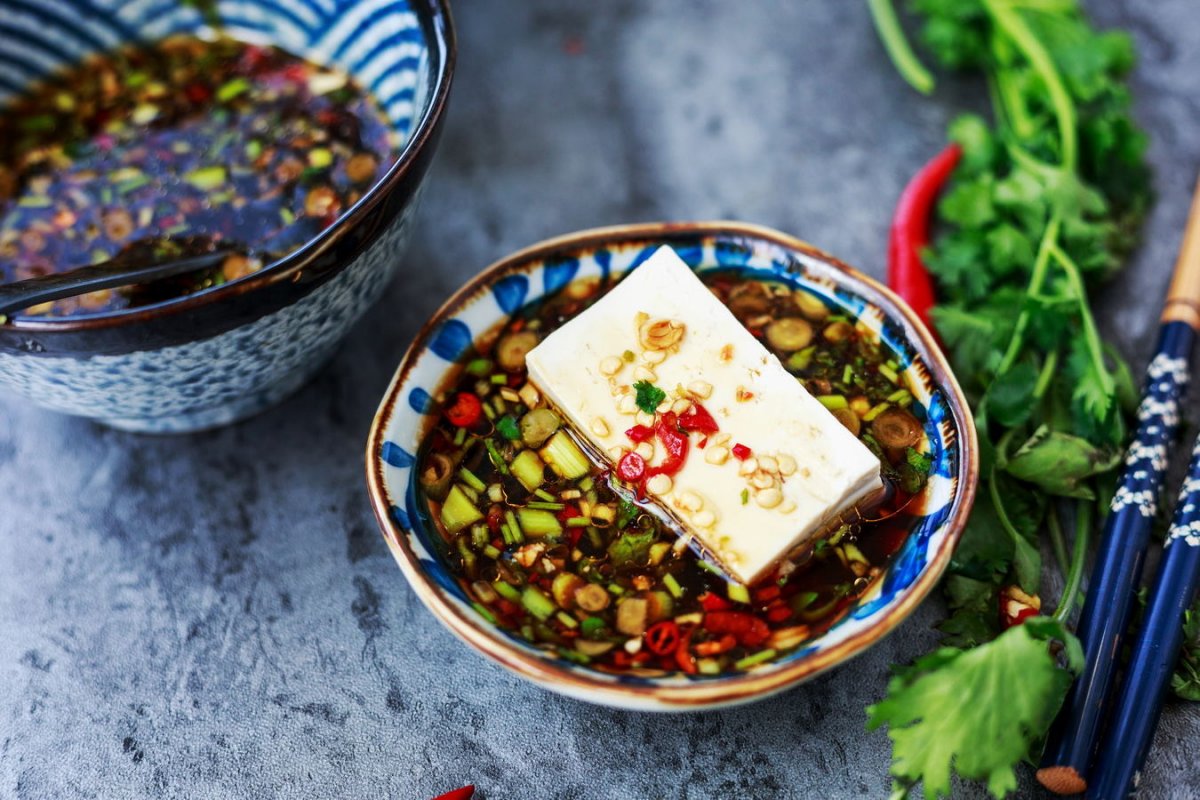
蘸水 zhàn shuǐ - In southwestern China, 蘸水 – "dipping water" – is often synonymous with what northerners would call 酱 jiàng, or sauce.
刷锅水 shuā guō shuǐ - Literally "the water used to rinse the wok," that's exactly what it means, though some people may also use it to refer to tasteless watery soup.
Now for the pure, unadulterated water you've been longing for – but wait! Not all of them are likely to be free and some shouldn't even be consumed.
纯净水 chúnjìng shuǐ - Purified water, usually bottled, stored in the fridge, and coming at a cost.
矿泉水 kuàngquán shuǐ - Mineral water. Usually stored with the purified water and a bit more expensive.
蒸馏水 zhēngliú shuǐ - Distilled water. You'll probably have more luck finding this in a laboratory than in a restaurant.
自来水 zìlái shuǐ - Tap water, which will usually be free and can be served to a temperature of your liking. However, it may not be the healthiest as Chinese tap water can contain excess metals and other impurities, so we suggest you don't drink it unless the restaurant can promise that they use a proper filtration system.
白开水 báikāi shuǐ - While the literal translation means "white open water," 白开水 refers to boiled water. That's because white here indicates its plainness while 开 kāi is derived from 水开了 shuǐ kāile, what people say to describe when water is boiled.
凉白开 liángbáikāi - If you prefer your water cold or at least room temperature, this is the one for you as it emphasizes the water should be cool, 凉 liáng. It may also impress your server so that they're less likely to try and upsell you on other options!
Read: There Are Two April Fools' Days This Year. No, Really.
Related stories :
Comments
New comments are displayed first.Comments
![]() CatPilgrim
Submitted by Guest on Wed, 06/03/2020 - 15:56 Permalink
CatPilgrim
Submitted by Guest on Wed, 06/03/2020 - 15:56 Permalink
Re: What 水 is This 水? Navigating the Slippery World of...
I've soujourned here nearly two decades. I have yet to have gotten in over my head when it comes to getting water in an eatery. One is tempted by the subject matter at hand to make unkind jibes about decanting certain waters from a tallish style of footware and the measure of intelligence required to effect the same.
Would you rather that the Beijinger just never writes about anything, ever? The point here is to learn a bit about the use of the character 水 and when one might encounter it. I found it very interesting.
I have a challenge for you: name 5 recently published articles that you have enjoyed on tbj and why. No snark. Let's see if you can dish out thoughtful commentary or only rambling, unintelligible attempts at jokes. God knows you've read every single thing published here, so I'm sure others would appreciate your crib sheet.
Validate your mobile phone number to post comments.



